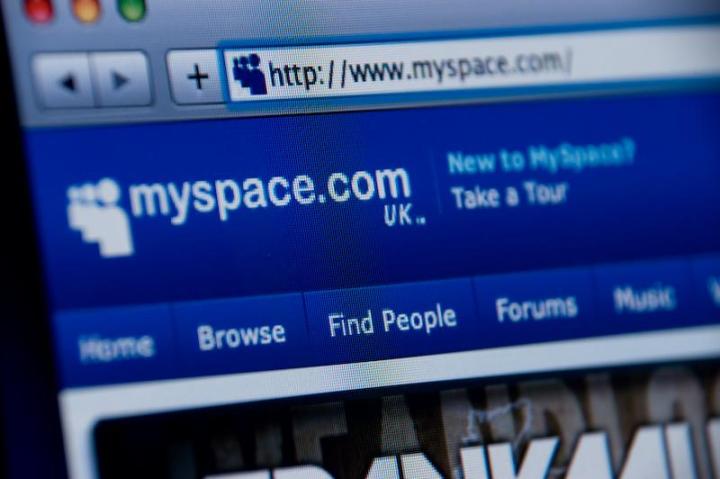
At the height of its popularity, MySpace was the most popular site in the entire U.S.; in July 2006, MySpace was ahead of both Google and Yahoo Mail. That dominance, however, didn’t last very long, as Facebook overtook MySpace in the number of American users by June 2009.
One man who thinks he knows how MySpace snatched defeat from the jaws of victory, in spite of its one-time lead, is Mike Jones, formerly the head of MySpace. Jones tells Business Insider he believes that Facebook was able to overtake MySpace because Facebook “perfected” the social networking concept, whereas MySpace just introduced people to it.
More specifically, Jones opines that MySpace put up barriers to user enjoyment by forcing members to use anonymous pseudonyms in place of their real identities. Facebook, on the other hand, encouraged members to actually use their real names; once this behavior was ingrained in the public, and people saw that it wasn’t the huge risk it was made out to be,
Whereas Facebook today is the number one social media site, MySpace languishes in near-obscurity as a shadow of its former self – a victim of bad decision-making from its leadership. Today, just 50 million people even visit MySpace per month, and while that may not seem like a small number, compare that to how many people visit
Editors' Recommendations
- Meta already verified me to influence elections — so why do I have to pay for a checkmark?
- What is a Facebook Pixel? Meta’s tracking tool, explained
- Facebook now allows you to opt out of those ads that target your tastes


